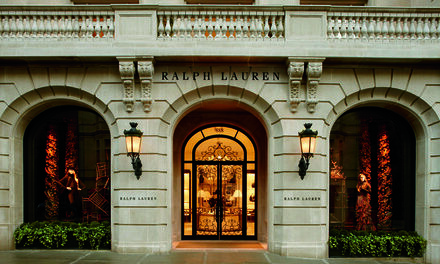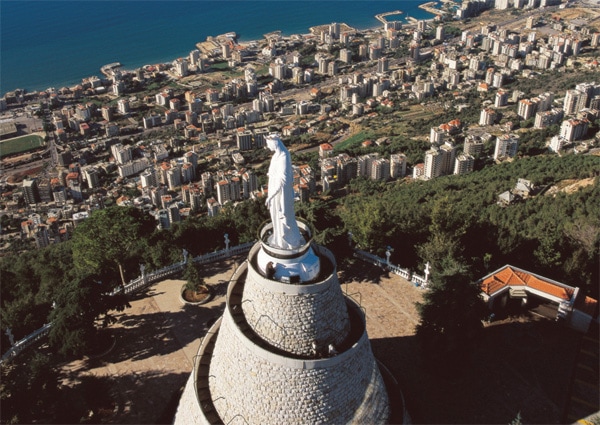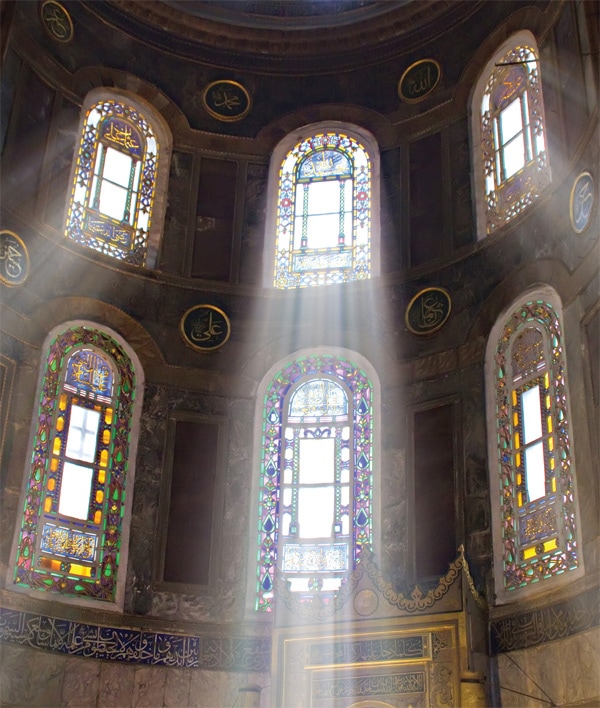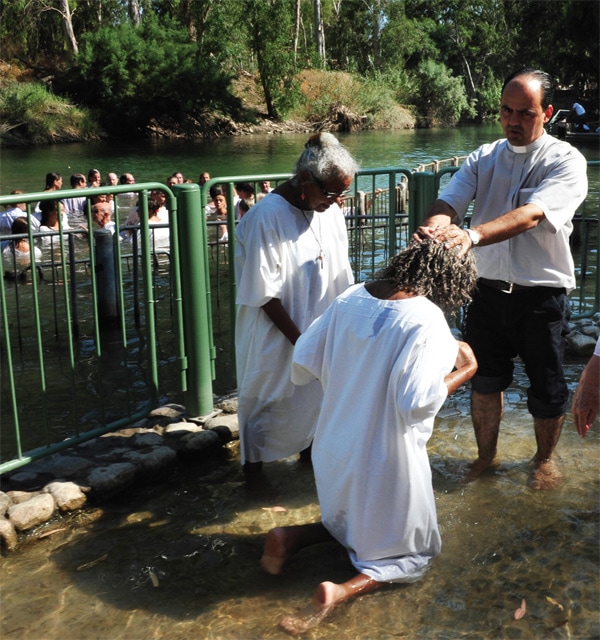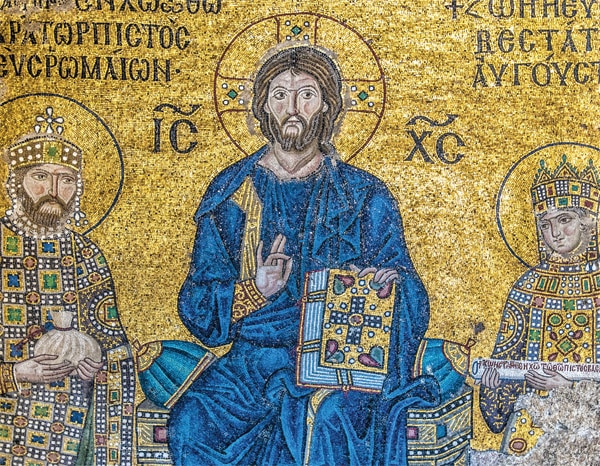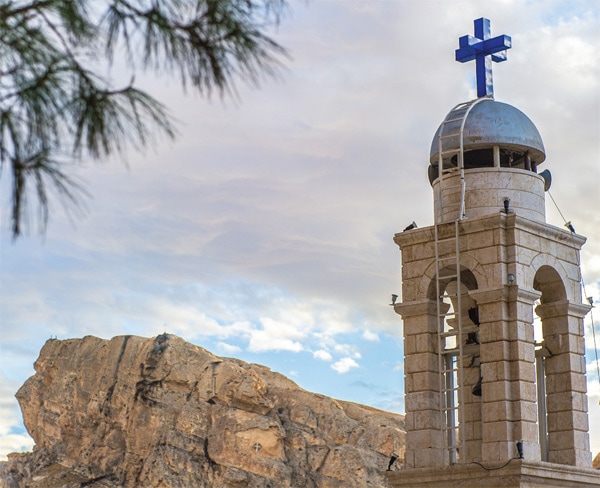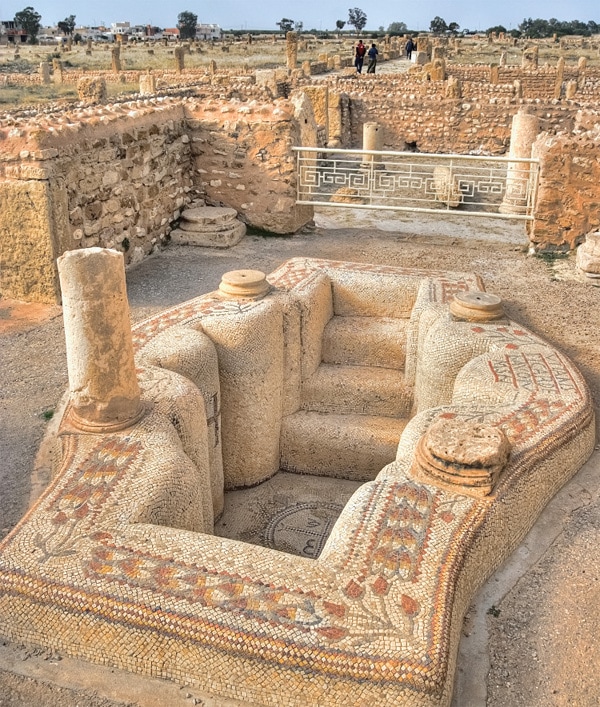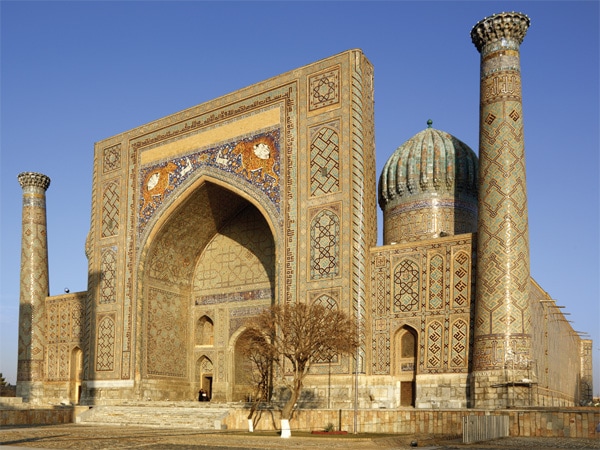Religion, adventure and undeniable beauty, natural and man-made, are fueling a boost in Middle Eastern travel. Why is it happening, and what’s the impact of the Arab Spring and volatility in the region?
The region defined as the Arab States contains 74 UNESCO World Heritage Sites, and the region is densely packed with holy sites for several religions.
“Foreign tourism has typically been only a small segment of the travel market (in Iran),” says Gabe Kaminski, head of business and product development at tour operator AITO (Azadi International Tourism Organization) Iran Tours. “Domestic and religious tourism is still the largest part.”
Pilgrimage to Mecca is the fifth pillar of Islam. Not surprisingly, Saudi Arabia, home to Mecca and Medina, leads in the region’s religious tourism, gathering approximately seven billion dollars annually in tourism revenue.
Israel also benefits from religious tourism. Eighty percent of tourists to Israel head for Jerusalem, a holy city for Jews and Christians and Muslims.
Impact of the Arab Spring and regional volatility.
Recent events – conflict in Syria, the Arab Spring, concern over Iran’s nuclear ambitions, the attack on the U.S. Embassy in Libya (albeit in Africa) – and the ongoing Israel-Palestinian situation highlight the political and military turmoil that remains an enormous, if not insurmountable, obstacle to drawing large numbers of foreign visitors to the Middle East.
According to the UNWTO (the United Nations World Tourism Organization), the Middle East lost approximately five million international tourists in 2011 compared with the year before. However, Michel Julian of the UNWTO’s Tourism Trends and Marketing Strategies department says that it’s important to analyze recent events against a backdrop of resilience.
“The Arab Spring is an ongoing process, and we’ve already witnessed important destinations in the Middle East and North Africa recovering,” says Julian. According to the UNWTO’s September 2012 issue of the World Tourism Barometer, the Middle East recorded a modest 0.7 percent growth in visitors in 2012.
“This is a slow recovery, with very depressed figures, because of the immediate effect of the Arab Spring. But tourism is a very resilient industry,” notes Julian.
Not all countries in the region are seeing stagnant travel business. According to Nadejda Popova, travel and tourism research analyst at Euro monitor, the United Arab Emirates and Saudi Arabia, countries seen by many as “pockets of stability in the region,” managed to attract more tourists, while their neighbors experienced a decline. In addition, countries such as the United Arab Emirates and Saudi Arabia are benefiting from a more nuanced international understanding of the region.
According to reports, international travelers are less likely now than in recent years to regard the Middle East as a single, homogeneous region with the same issues and problems affecting all countries across the region. Rather, they’re increasingly assessing potential travel destinations on a case-by-case basis.
John Kester, head of tourism trends and marketing strategies at the UNWTO, believes that despite political upheaval and economic worries, the Middle East will continue to grow as a major player in travel.
“I believe we will continue to see growth, although at a more moderate level, not the growth of the past 10 years,” says Kester. “But the Middle East will remain among the faster growing regions for travel.”







